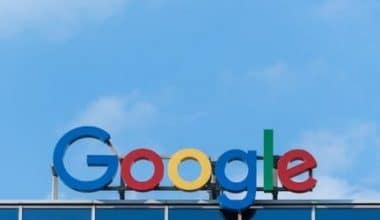In 1998, who knew that two doctoral students at Stanford University would change the world?
Sergey Brin and Larry Page created Google while they were at Stanford. Most point to their work as the beginning of search engine history.
They played a huge role in the evolution of search engines, but the history of search engines goes back much further.
Keep reading to find out more about the history of search engines and where the industry is heading in the future.
The Early Search Players
Some people say the history of search engines began in the 1940s. Others cite 1993 as the beginning of search engine history.
In both cases, projects tried to make sense of the growing number of internet connections and information.
Search engines as we know them today began in 1993. Another set of students at Stanford looked to catalog the growing amount of web pages. That project became Excite.com.
In 1994, Stanford students Jerry Yang and David Filo launched Yahoo! This became the first big search engine.
Ask Jeeves, Lycos, AltaVista, and InfoSeek were other popular search engines in the mid-late 1990s.
How Google Changed Search Engine History Forever
What did Sergey Brin and Larry Page do that was so special? They brought order to search results.
They wrote a research paper that explained how to prioritize search results for a better user experience. PageRank is the method of using backlinks to determine the quality of a webpage.
The assumption is that if another website linked to your website, it’s a vote of confidence in your content.
The more votes a page has, the higher the quality. The higher the quality, the higher the position in search results.
That paper plays a huge role in the history of SEO because search results were no longer random. Webmasters could work to deliver backlinks and get sites to appear higher in search results.
Google’s Panda Update Changed the History of SEO
SEO professionals worked to stuff keywords and buy spammy backlinks to manipulate search results. This worked for a while.
That led to a poor user experience. Google changed its algorithm in 2011 with the Panda Update. This was to improve the standing of high-quality sites and punish low-quality sites.
It effectively stopped keyword stuffing. The algorithm now knows how to read internal and external links to understand the context of a website.
This SEO beginner’s guide shows you how to make the most of your internal and external links for today’s search engines.
Today, Google releases one or two core updates to its algorithm every year. The main focus is to present relevant web pages to searchers.
A Brief History of the Search Engine
We take search engines for granted. Pop a question into a search engine and get the answer immediately.
This history of the search engine shows that it always wasn’t that way. It took a lot of effort to find ways to catalog millions of web pages and present the most relevant ones.
If you enjoyed learning about search engine history, you’d find the other digital marketing articles helpful. Check them out today!






